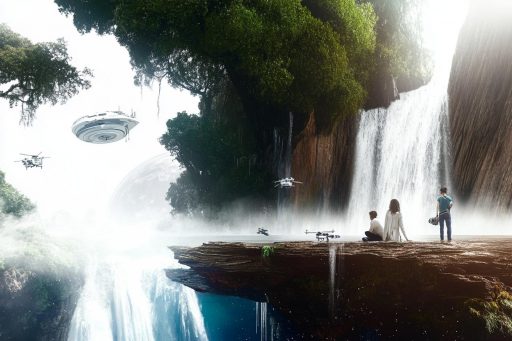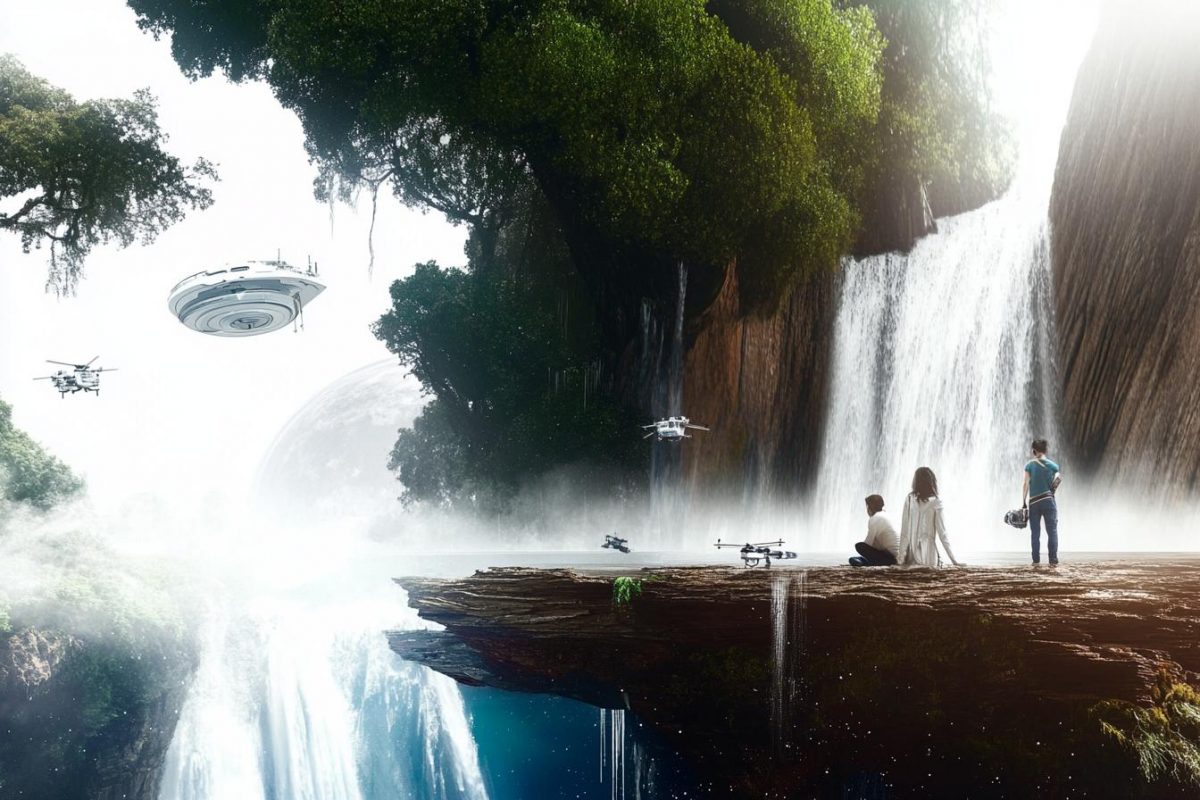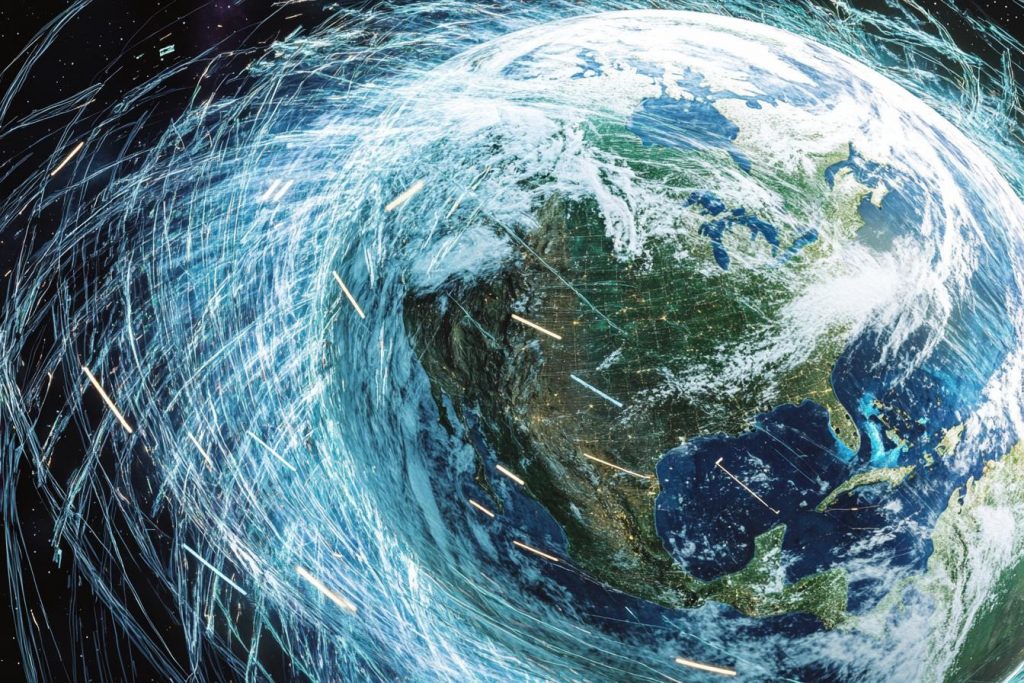
From the deepest parts of our oceans to the outer edges of our solar system, a new wave of exploration is pushing the boundaries of what we thought was possible. Scientists, adventurers, and visionaries across the globe are venturing into the unknown with bold missions that challenge our understanding of the world—and beyond. These projects aren’t just rewriting maps—they’re rewriting history in real time. The age of discovery is far from over, and the frontiers we’re breaching today could define tomorrow.
OceanX’s Deep Sea Discoveries
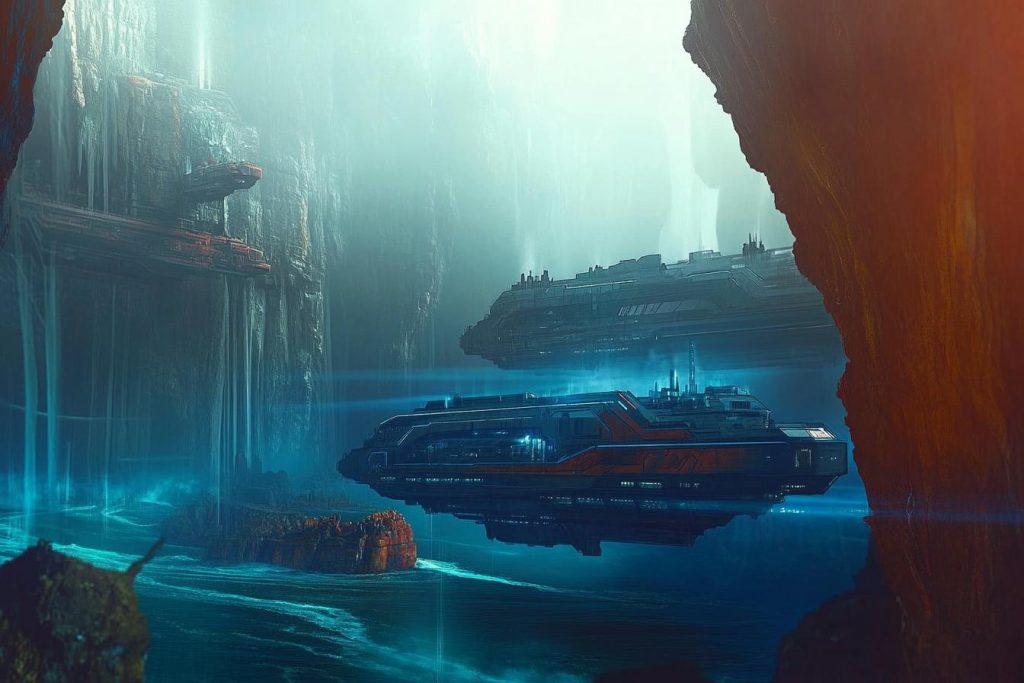
OceanX is revolutionizing underwater exploration with its high-tech vessel, OceanXplorer, designed to uncover mysteries lurking in Earth’s most uncharted seas. The project combines cutting-edge submersibles, research labs, and media capabilities to document never-before-seen marine life and deep-ocean ecosystems. With every dive, OceanX brings us closer to understanding the strange, alien world beneath the waves.
NASA’s Artemis Missions
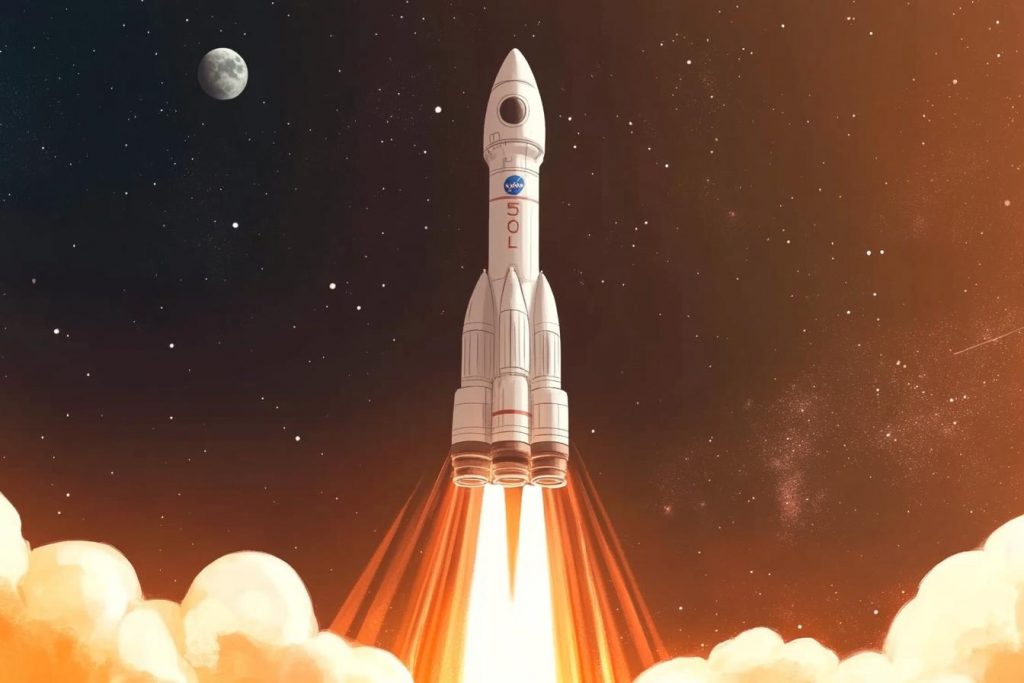
NASA’s Artemis program aims to return humans to the Moon and establish a long-term presence there. It’s not just a repeat of Apollo—it’s a launchpad for the future, with plans to build the Lunar Gateway and eventually reach Mars. These missions are laying the groundwork for the next era of human space exploration.
Seabed 2030
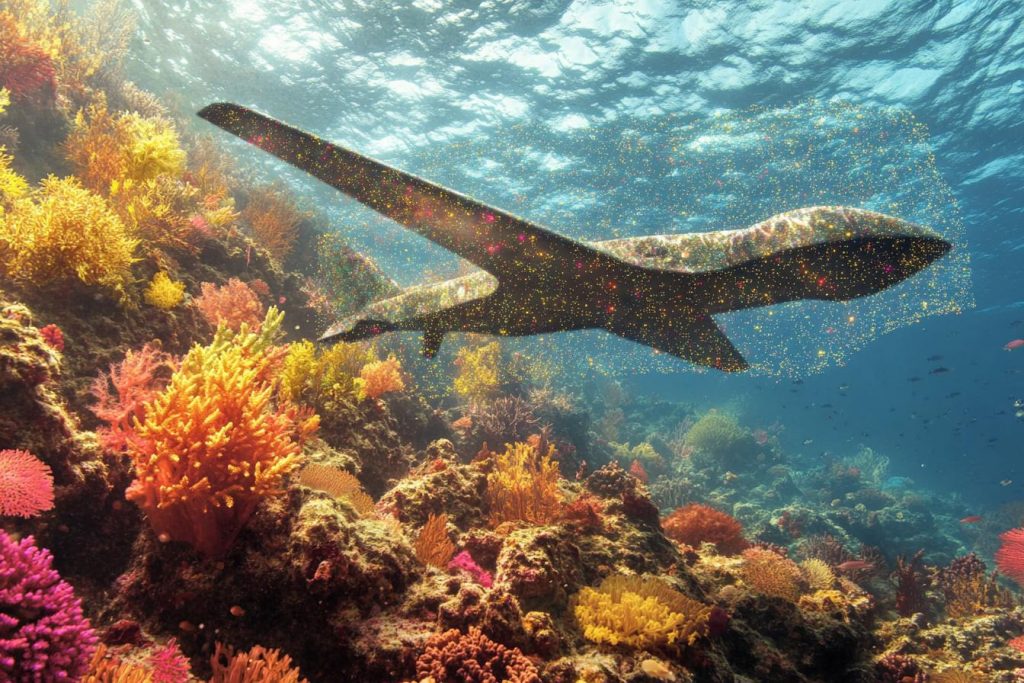
This global initiative seeks to map the entire ocean floor by the end of the decade. With most of the seafloor still unexplored, Seabed 2030 is filling in the blanks with high-resolution data from ships, autonomous drones, and satellite technology. The implications span everything from geology to climate science and even the search for submerged ancient civilizations.
Breakthrough Listen
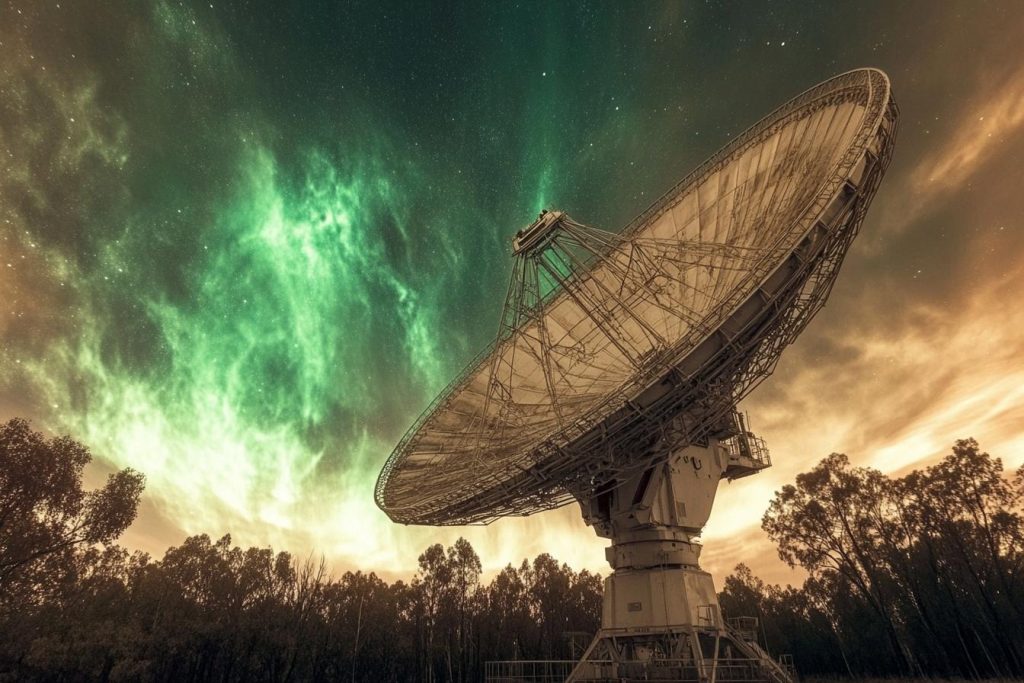
Funded by the Breakthrough Initiatives, this project is scanning the skies for signs of intelligent life in the universe. Using some of the world’s most powerful telescopes, Breakthrough Listen analyzes radio waves and optical signals for anomalies that might indicate extraterrestrial technology. It’s one of the most comprehensive SETI efforts ever undertaken.
Ice Memory Project
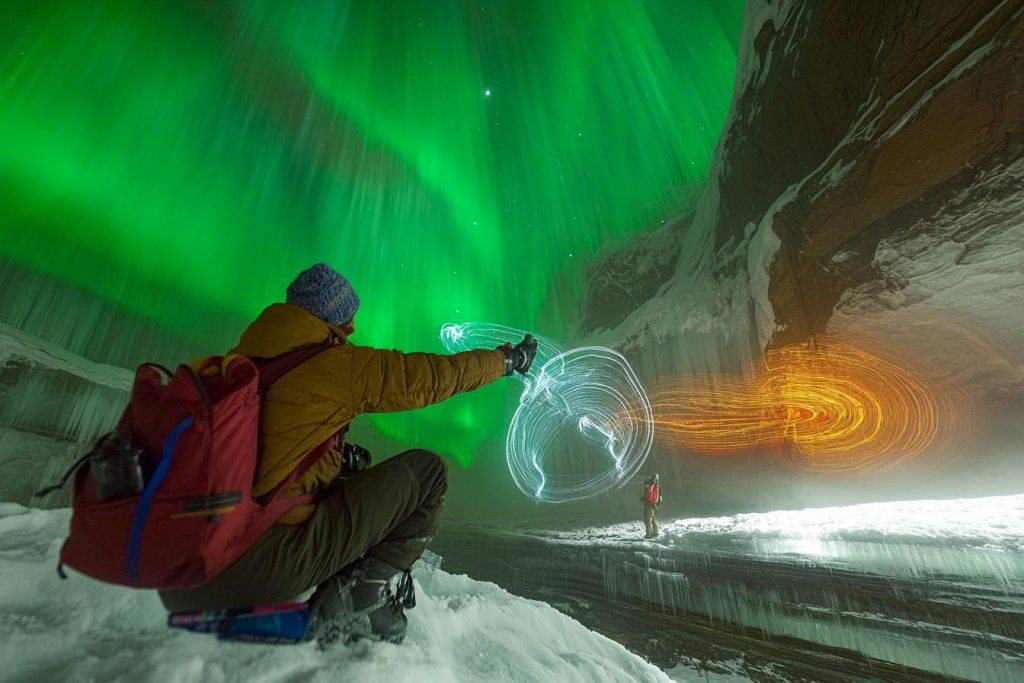
The Ice Memory Project is racing against time to extract and preserve ice cores from glaciers threatened by climate change. These ancient ice samples contain vital information about Earth’s atmospheric history, pollution, and past climate patterns. Stored in Antarctica, they could serve as a time capsule for future generations of scientists.
Mars Sample Return Mission
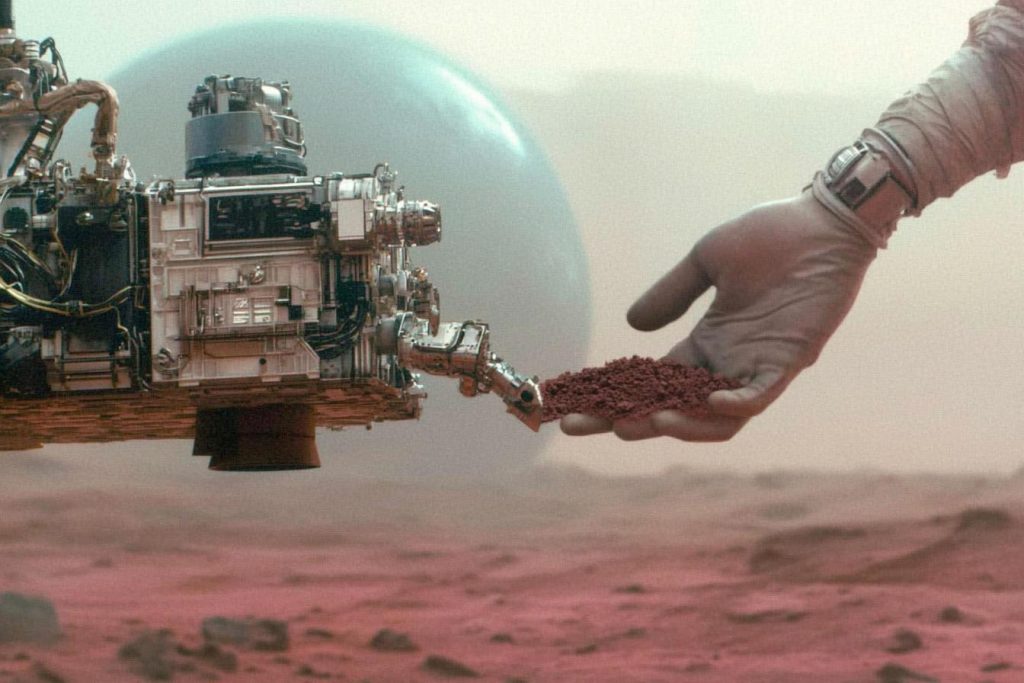
In collaboration with ESA, NASA is preparing a mission to bring actual Martian soil and rock samples back to Earth. The Mars Sample Return could offer insights into the Red Planet’s geological history—and whether it ever supported life. This unprecedented mission could answer questions we’ve been asking for centuries.
Under the Ice: Subglacial Lakes of Antarctica
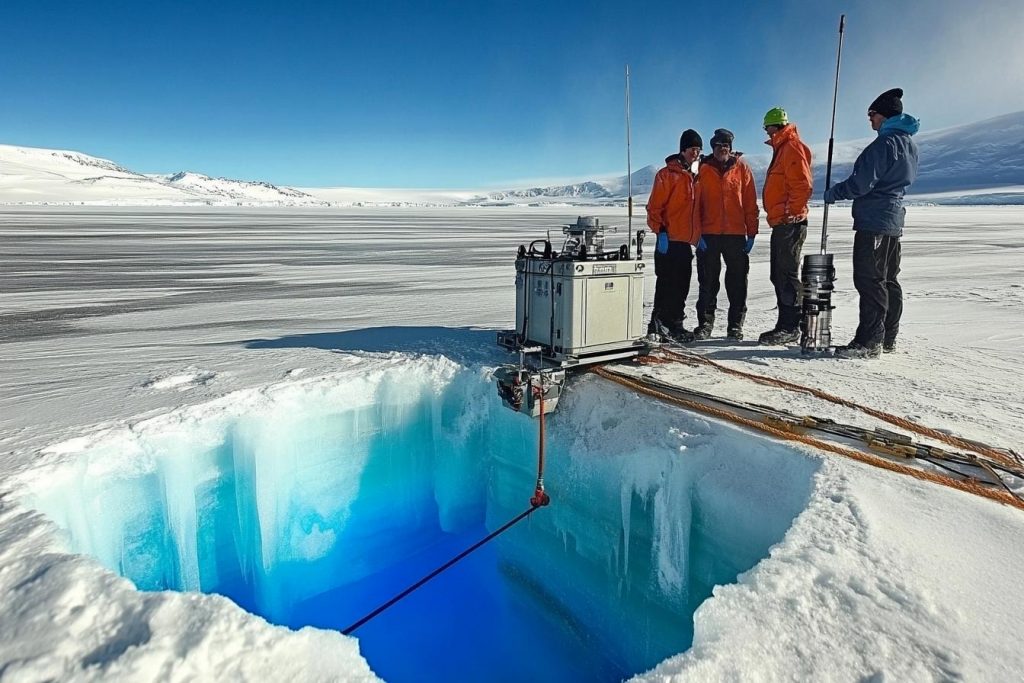
Scientists are drilling through Antarctica’s thick ice to reach hidden subglacial lakes that have remained untouched for millions of years. These pristine waters could harbor unknown microbial life and hold clues to Earth’s climatic past. Exploring them is like probing another planet—only it’s right here on Earth.
The Lunar Gateway
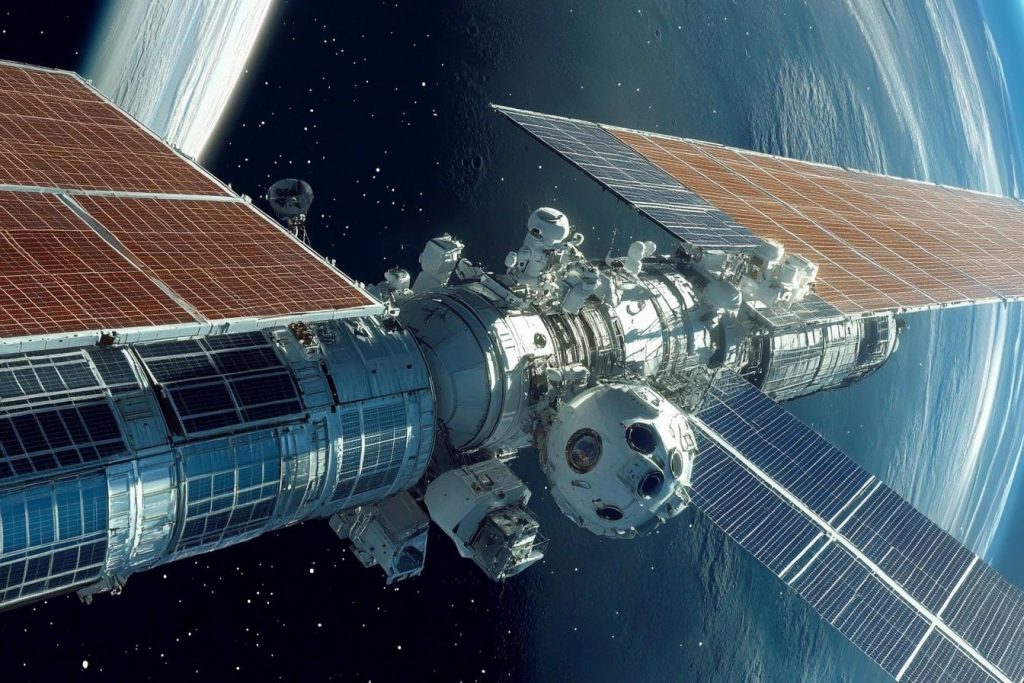
As part of the Artemis program, the Lunar Gateway will be a small space station orbiting the Moon, acting as a staging point for lunar and deep-space missions. It’s designed to be a hub for international collaboration and scientific research, offering humanity a permanent foothold beyond Earth. The Gateway could become the launchpad for interplanetary exploration.
The Abyssal Carbon Observatory
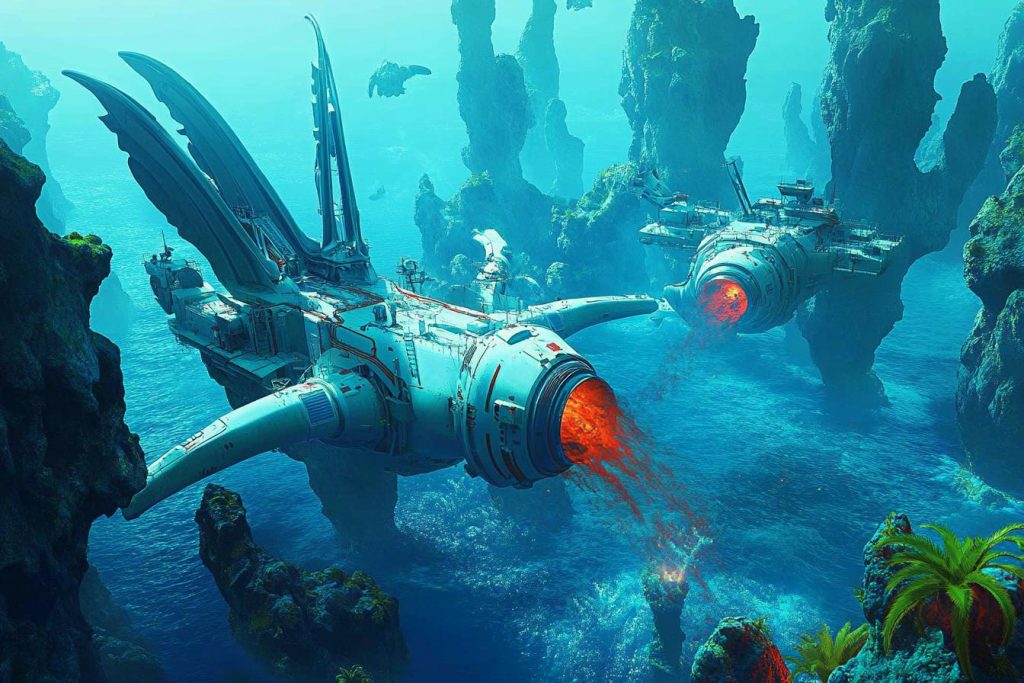
This ambitious project is focused on installing long-term monitoring stations in the ocean’s abyssal zones to study carbon storage. The data will help scientists understand the role deep-sea ecosystems play in regulating Earth’s climate. It’s a hidden frontier that could hold the key to mitigating global warming.
Biosignature Drones in the Amazon

Scientists are deploying specialized drones equipped with sensors to detect chemical traces of life in hard-to-reach regions of the Amazon rainforest. These drones can pinpoint undiscovered species or ecological changes invisible to the naked eye. It’s high-tech exploration with high-stakes conservation implications.
Vera C. Rubin Observatory
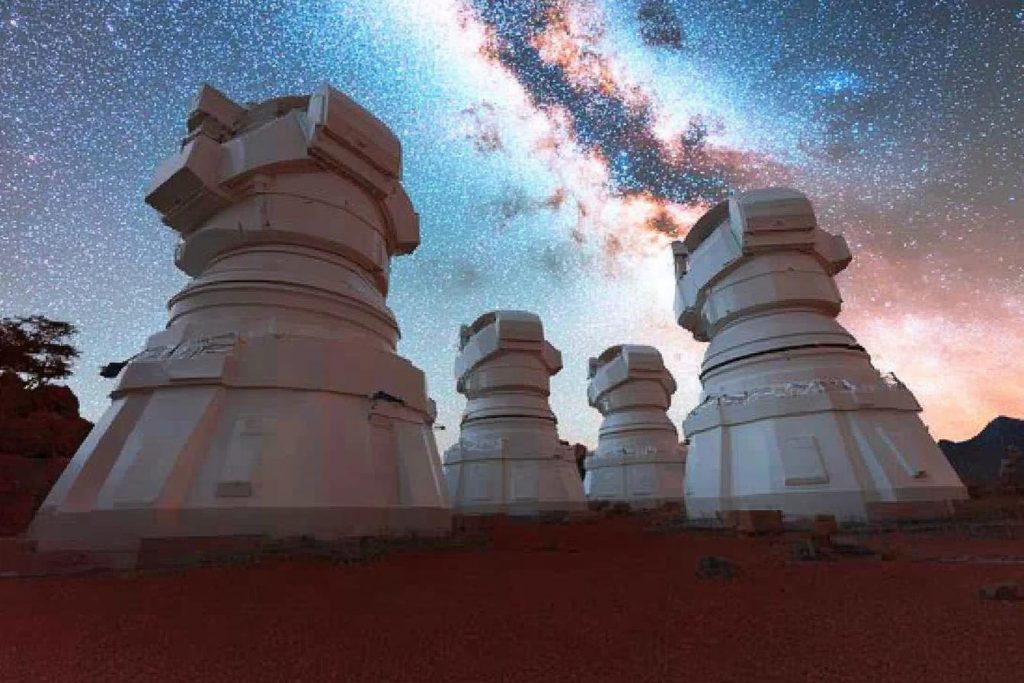
Slated to begin full operations soon, this powerful observatory in Chile will scan the night sky in unprecedented detail. It’s designed to map the entire visible sky every few nights, capturing everything from asteroids to mysterious dark matter signatures. The project promises to reshape our understanding of the dynamic universe.
The Earth’s Mantle Drilling Project
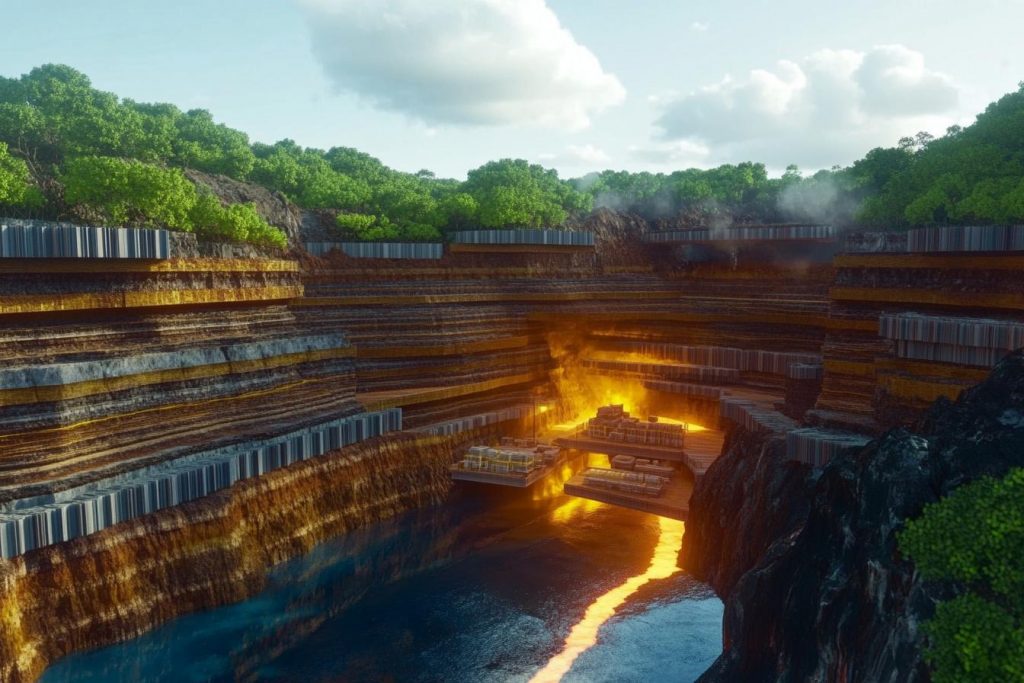
A team of researchers is attempting one of the most difficult feats in geology: drilling through the Earth’s crust to reach the mantle. If successful, it will allow scientists to directly study Earth’s internal composition for the first time. The mission could answer fundamental questions about plate tectonics and planetary formation.
Juno’s Jupiter Mission

NASA’s Juno spacecraft continues to send back jaw-dropping data and images from its orbit around Jupiter. From mapping the planet’s intense magnetic field to peering beneath its cloud tops, Juno is revealing secrets about our solar system’s largest planet. Each orbit uncovers more about the gas giant’s turbulent history.
The DeepTime Project
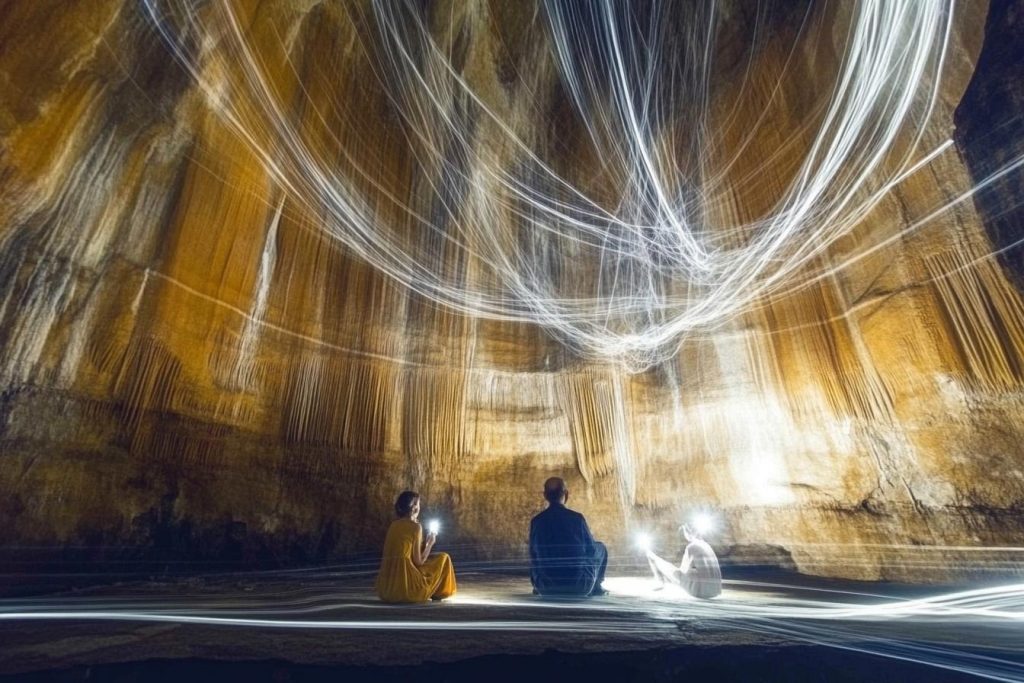
In a bizarre yet enlightening experiment, scientists recently sent volunteers into an isolated underground cave for weeks with no concept of time. The project explored human perception, biological rhythms, and adaptability when completely removed from natural light and clocks. The results may inform future long-duration space missions.
The Hadal Exploration System
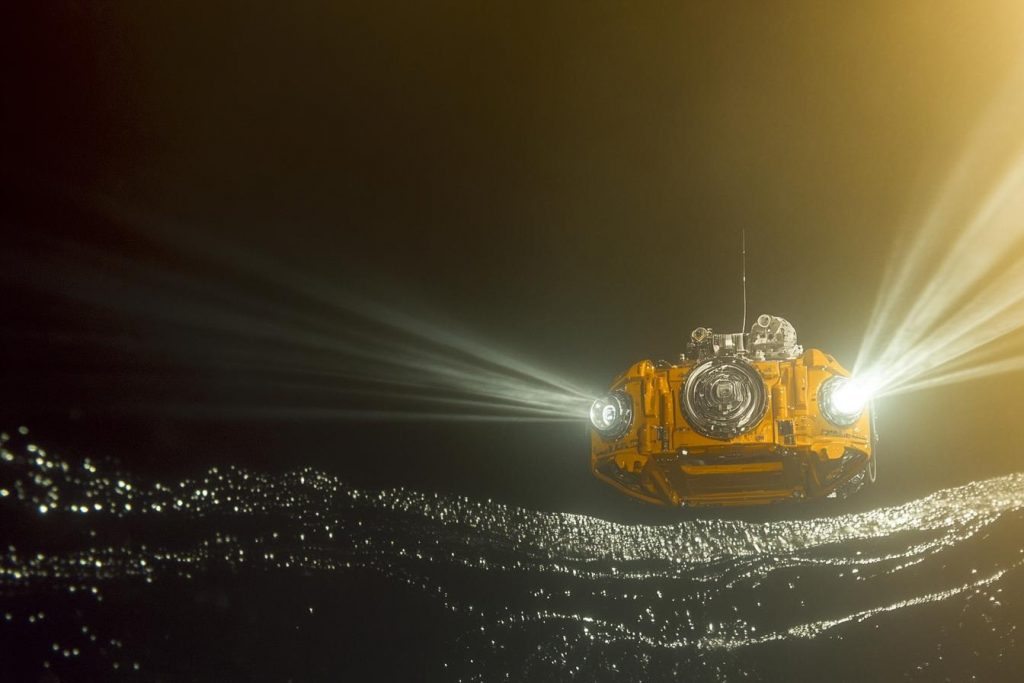
Designed to reach the planet’s deepest ocean trenches, the Hadal Exploration System combines robotics, autonomous sensors, and deep-diving vehicles. It targets the hadal zone, where crushing pressures and eternal darkness have kept much of life a mystery. With each descent, the project rewrites our understanding of life’s limits.
Pushing the Horizon Even Further
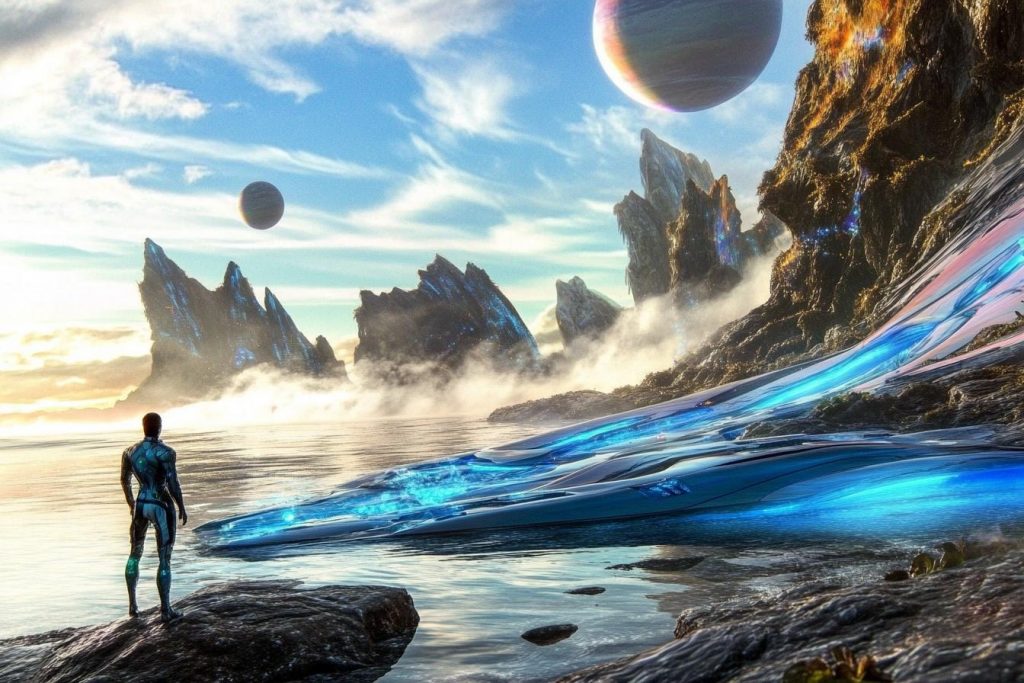
What once seemed unreachable is now being studied, mapped, and even inhabited by humanity’s most daring thinkers and explorers. These projects aren’t just pushing boundaries—they’re expanding the very definition of what’s possible. Whether beneath the sea, on distant moons, or in unexplored jungles, today’s exploration efforts are shaping the discoveries of tomorrow. The journey into the unknown has never been more thrilling—or more important.

